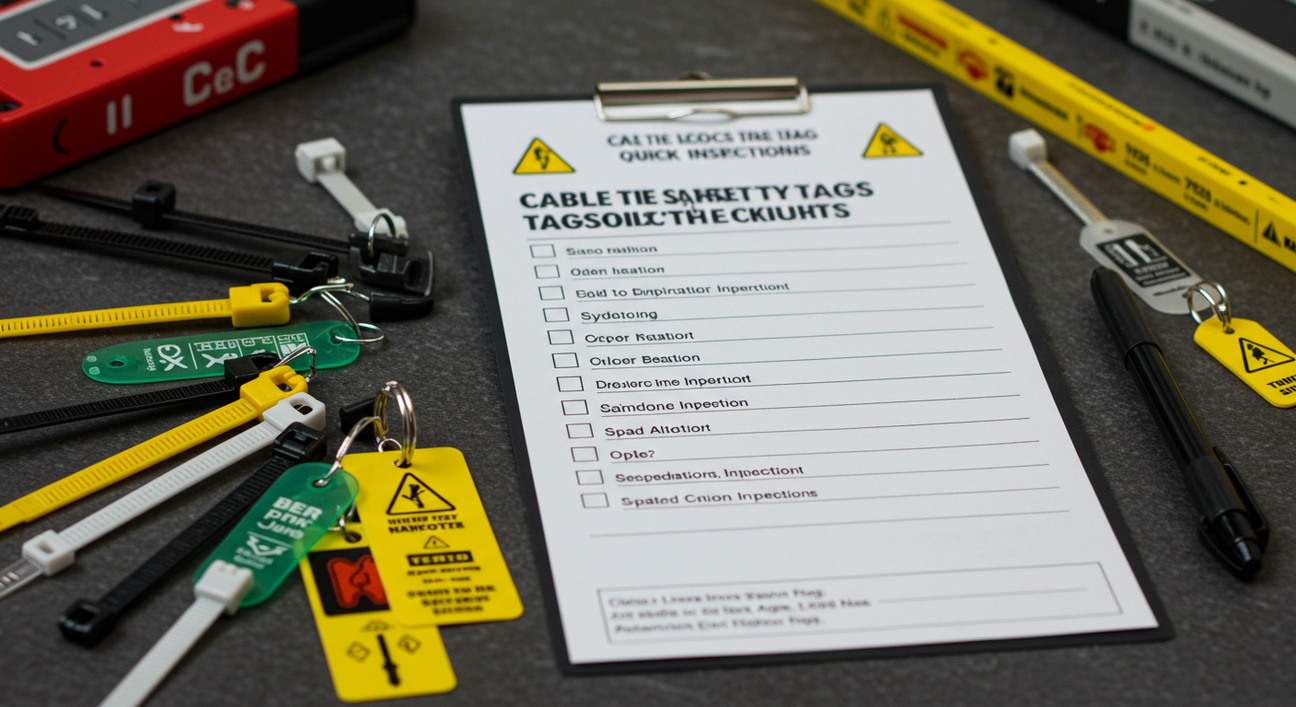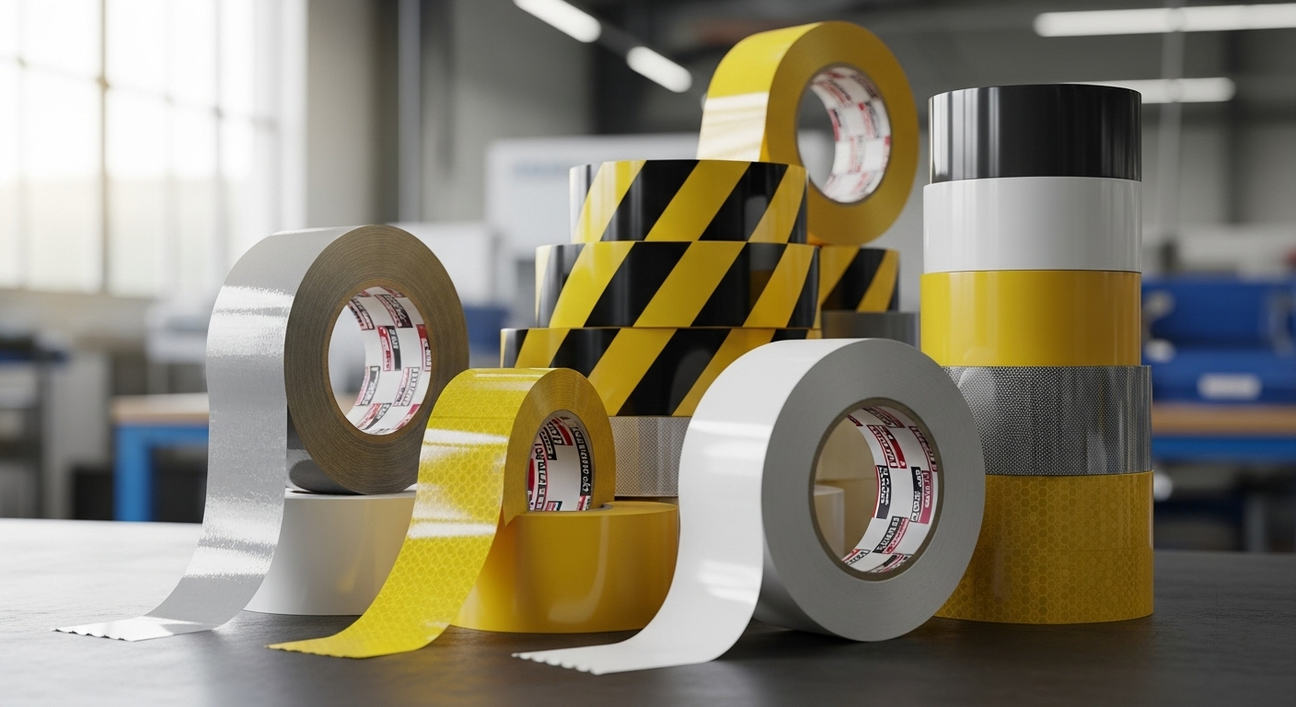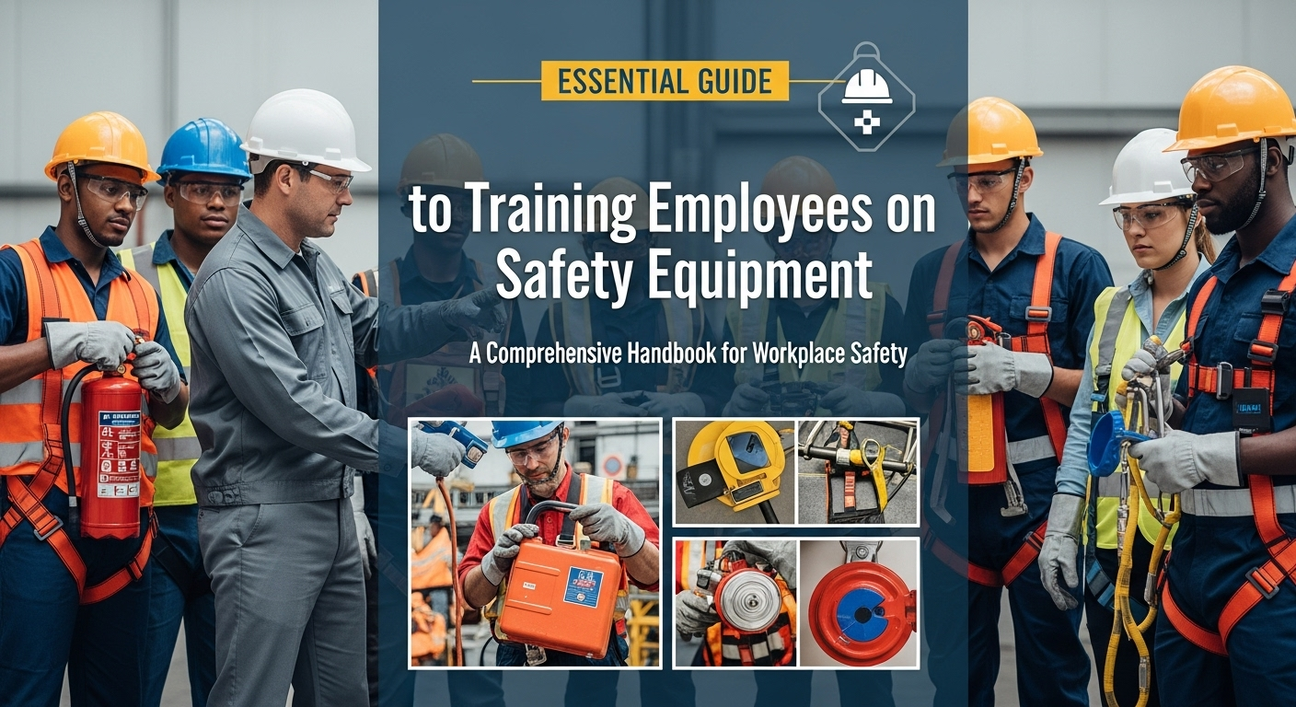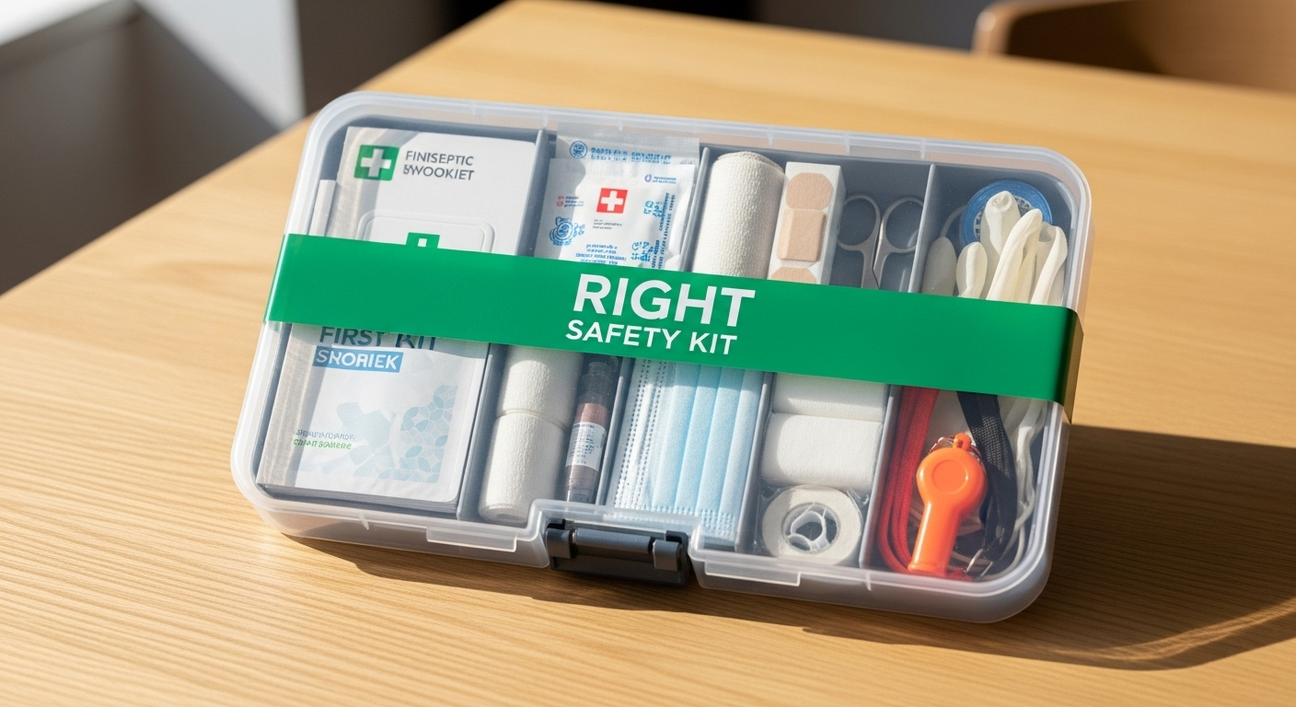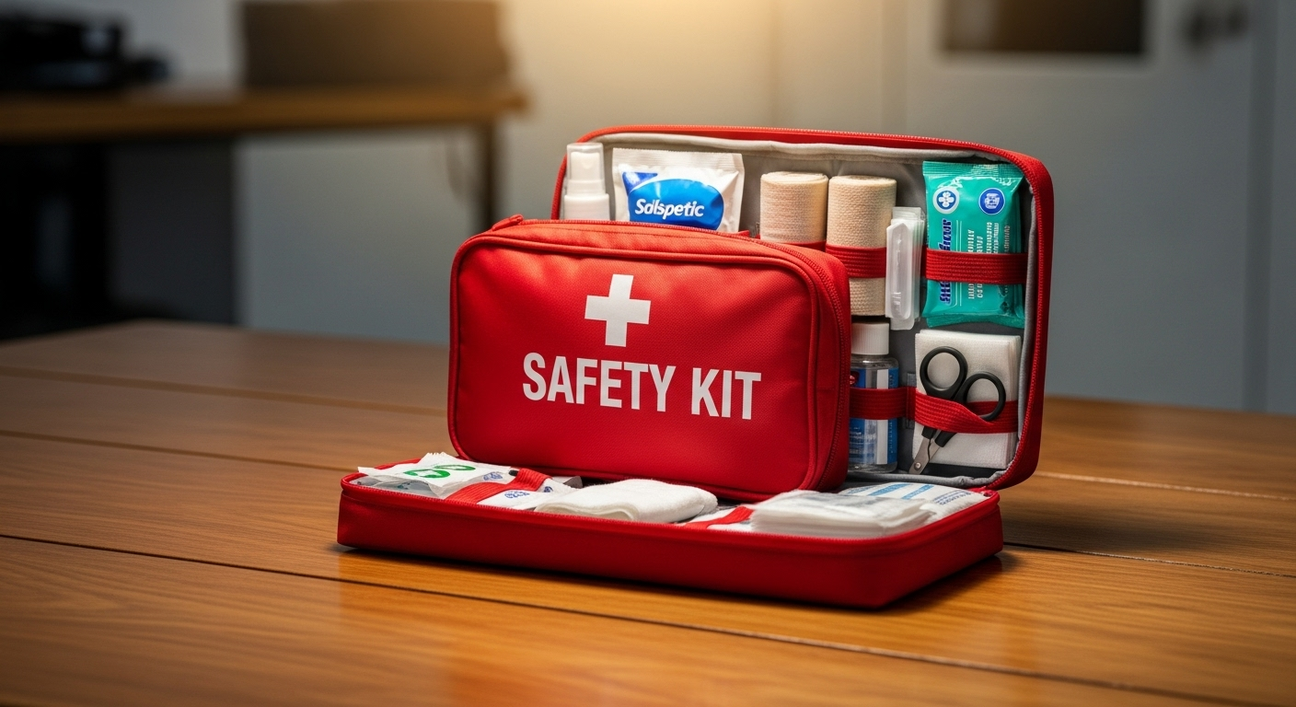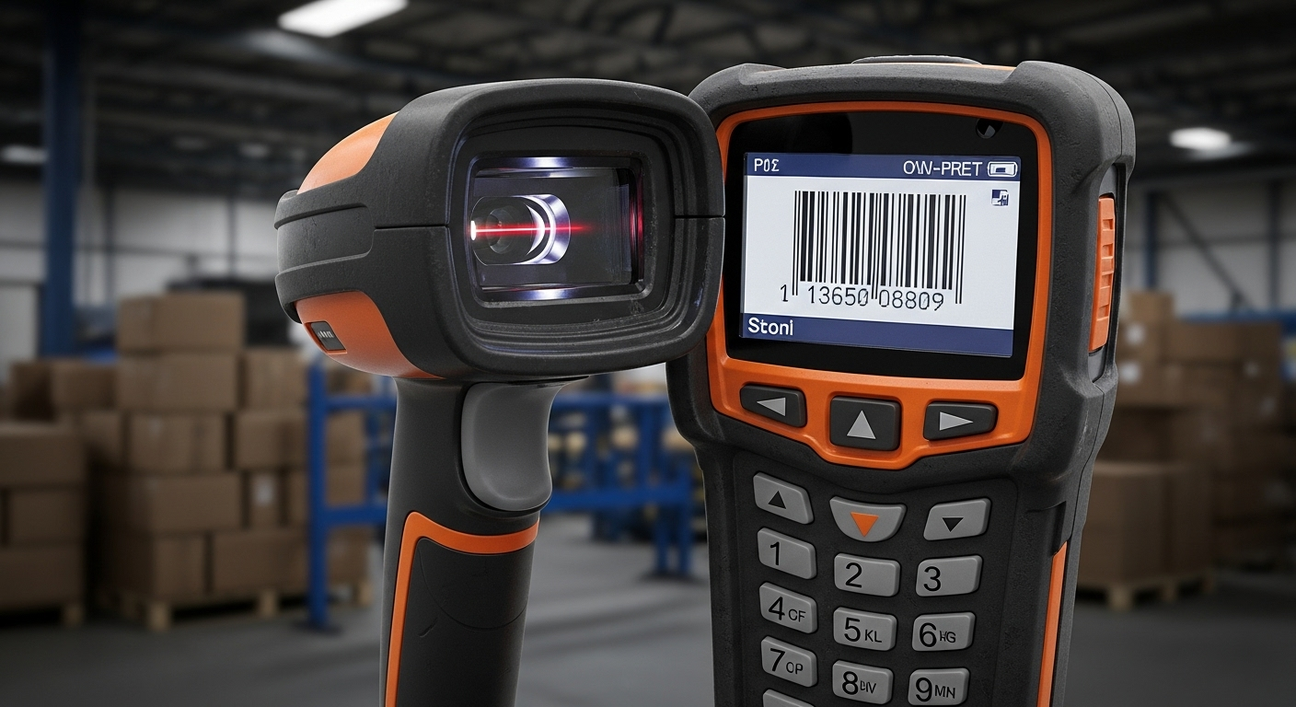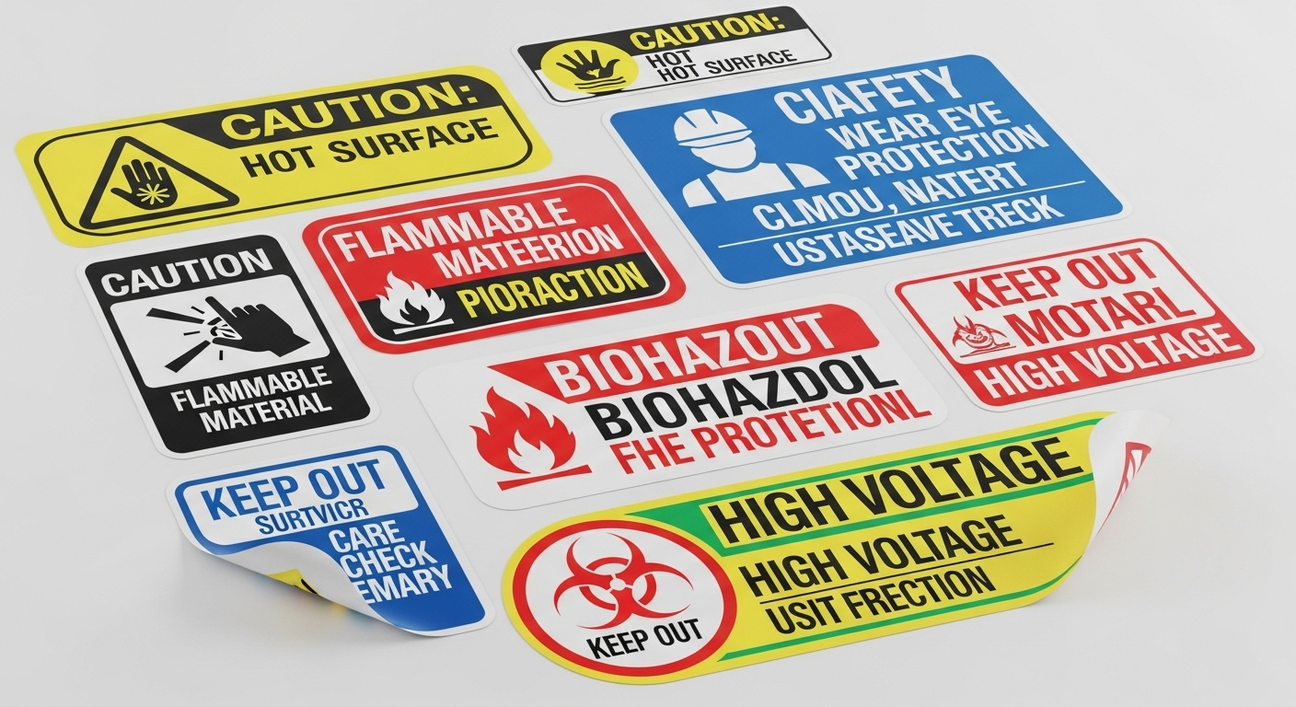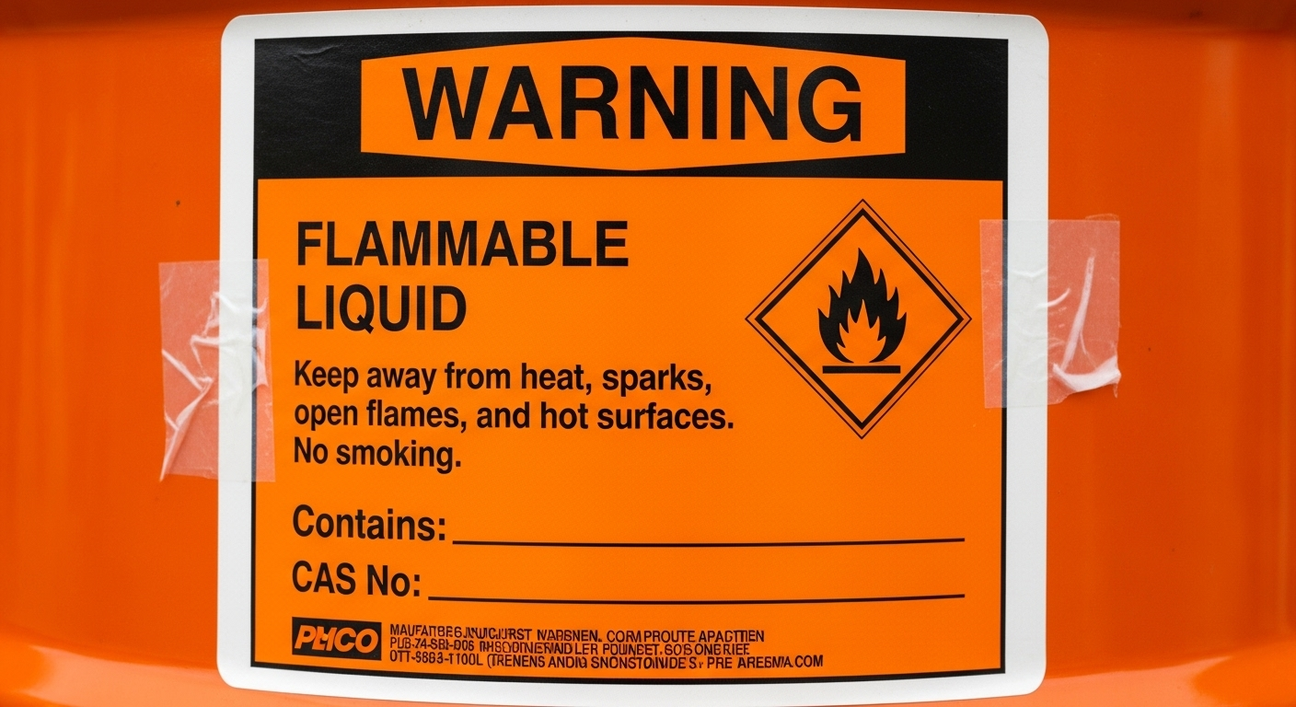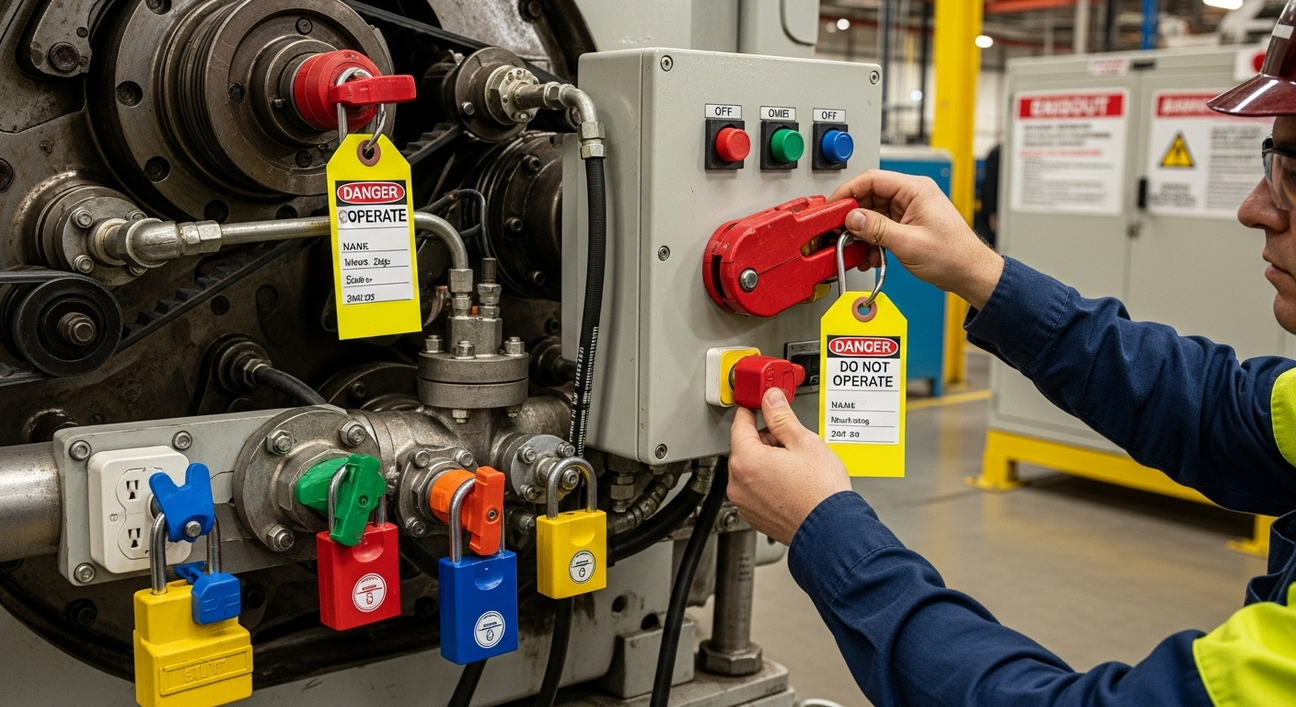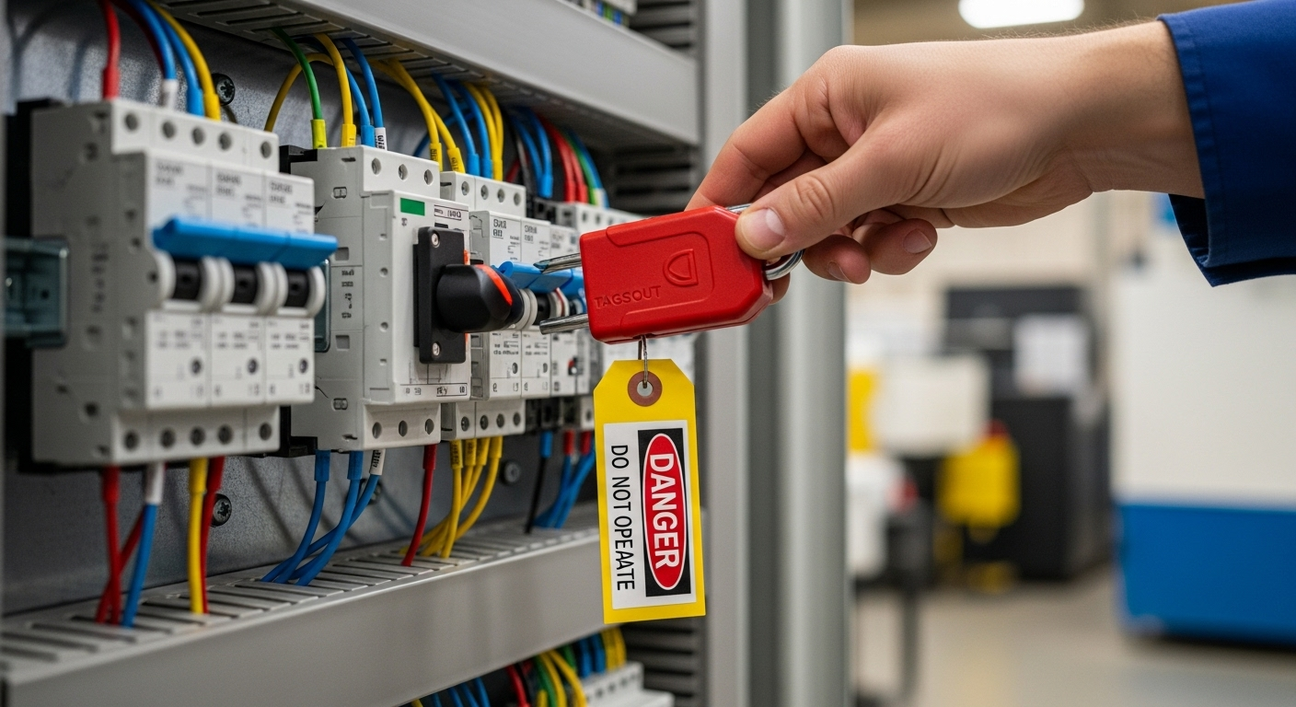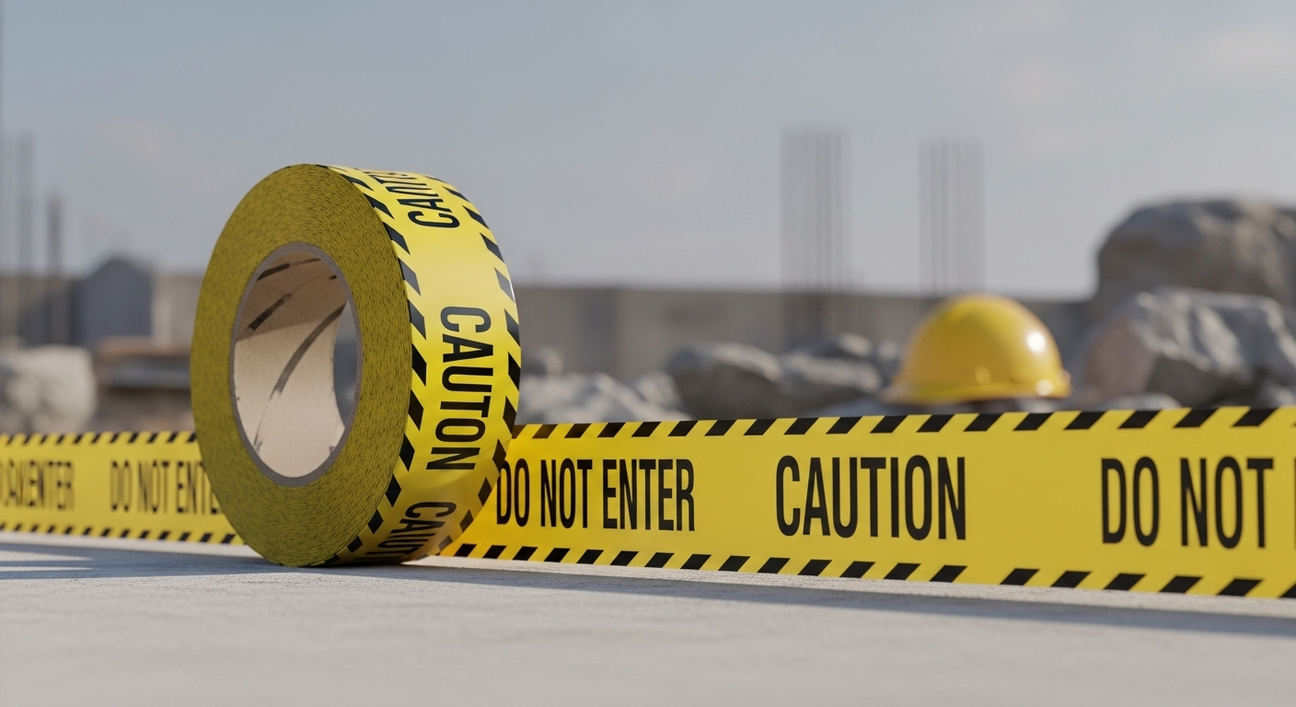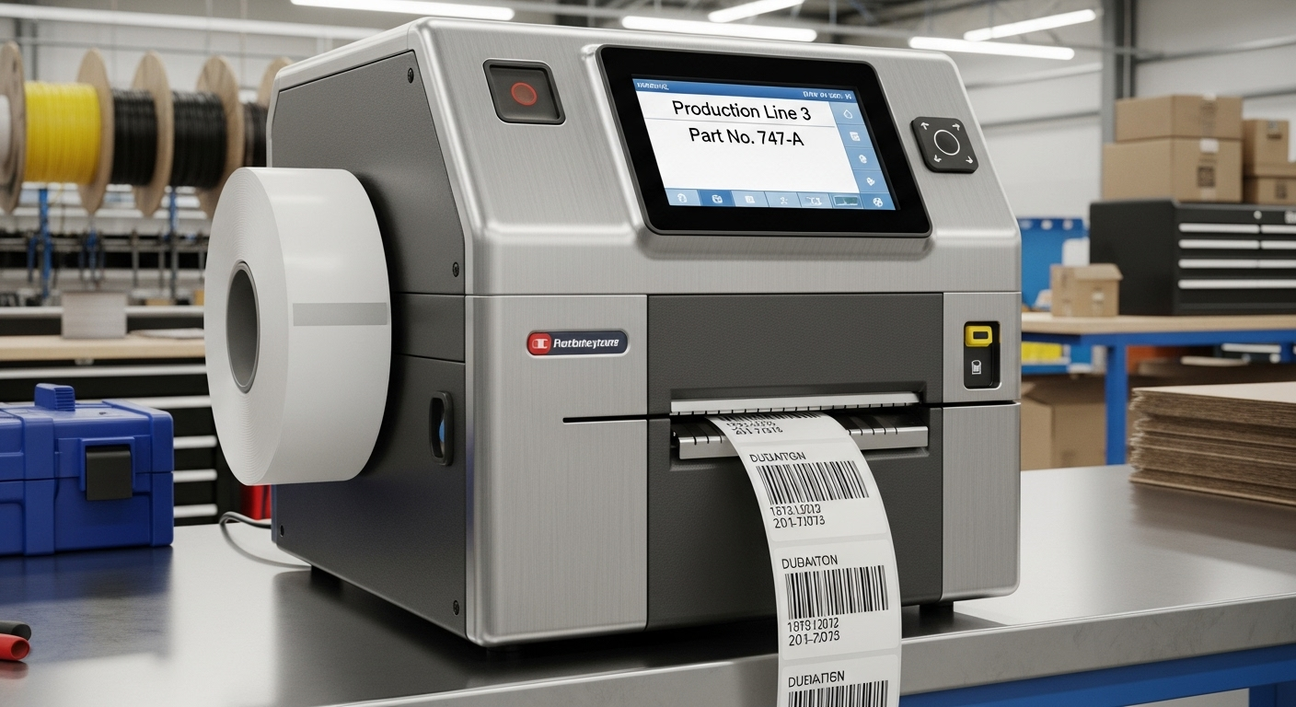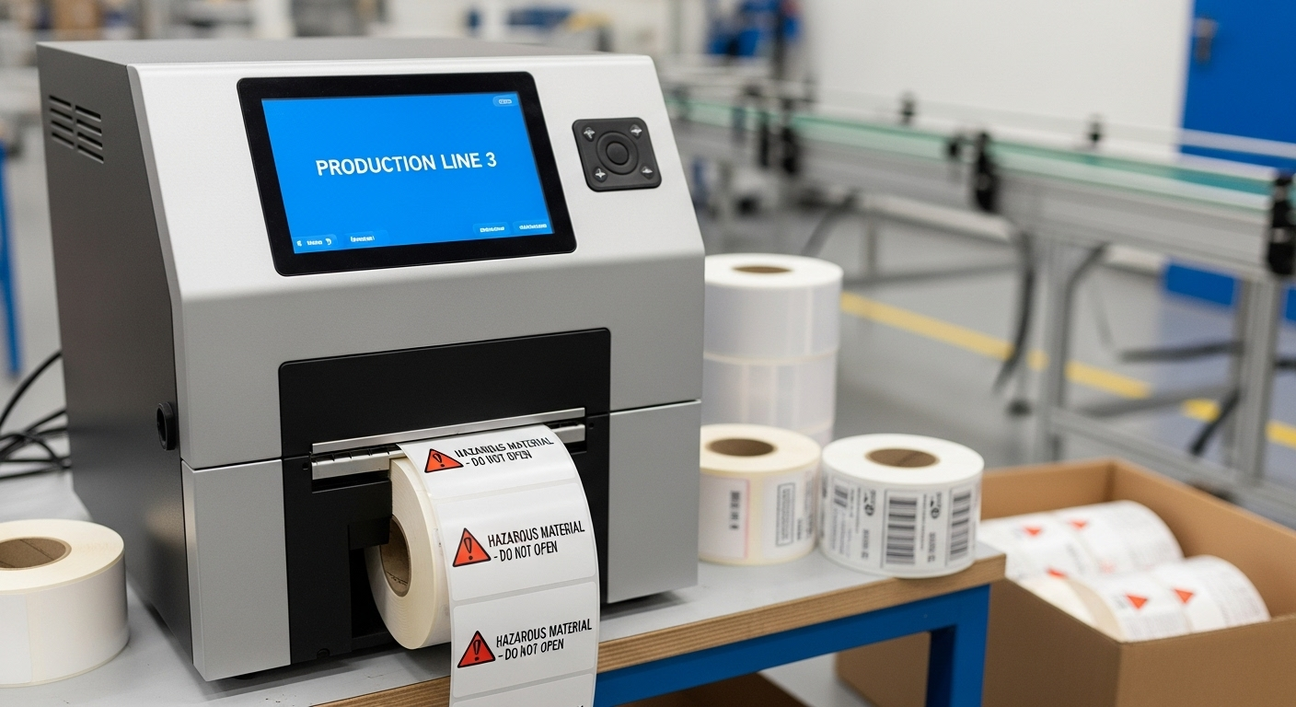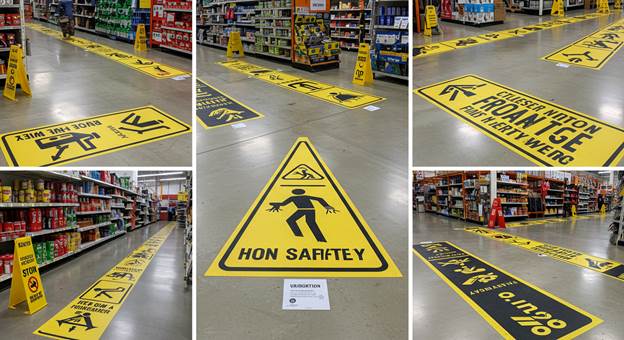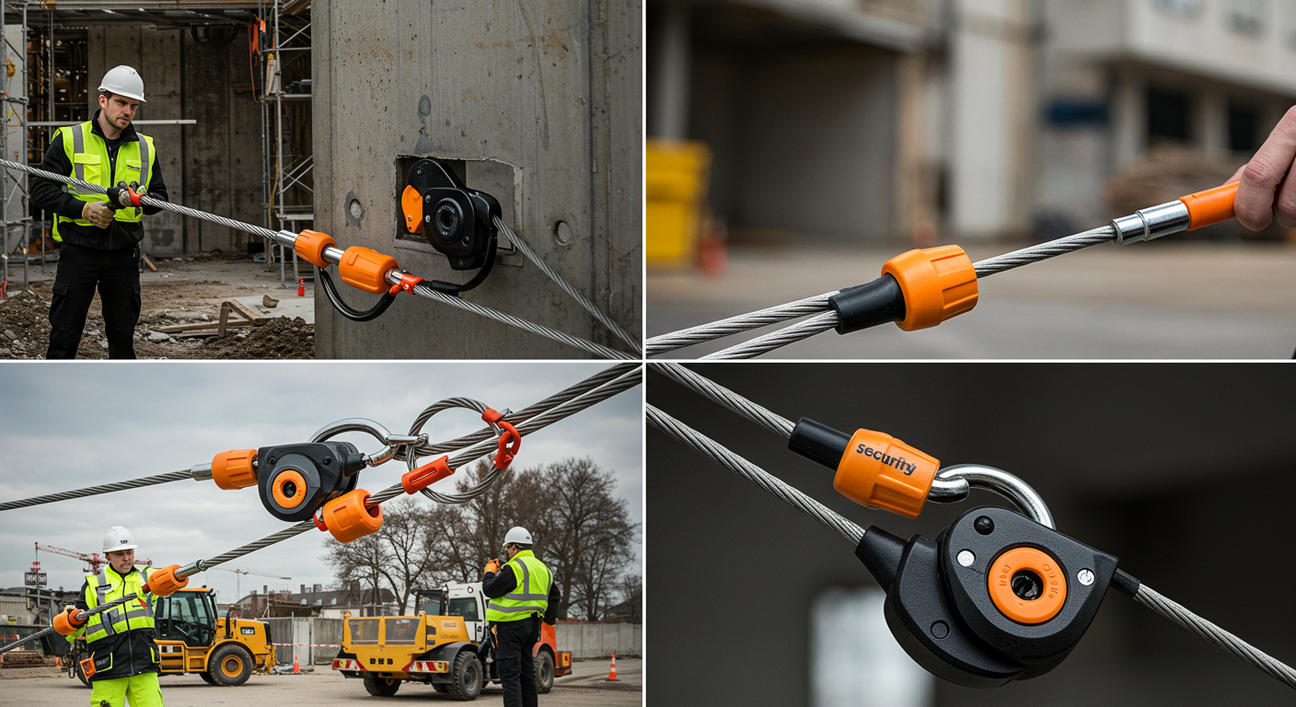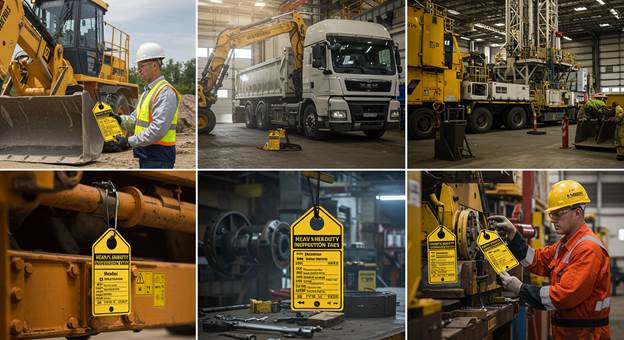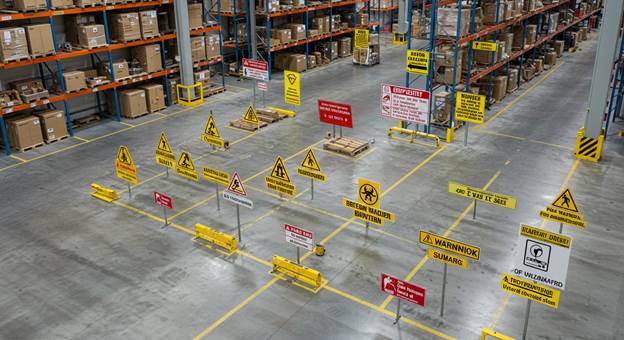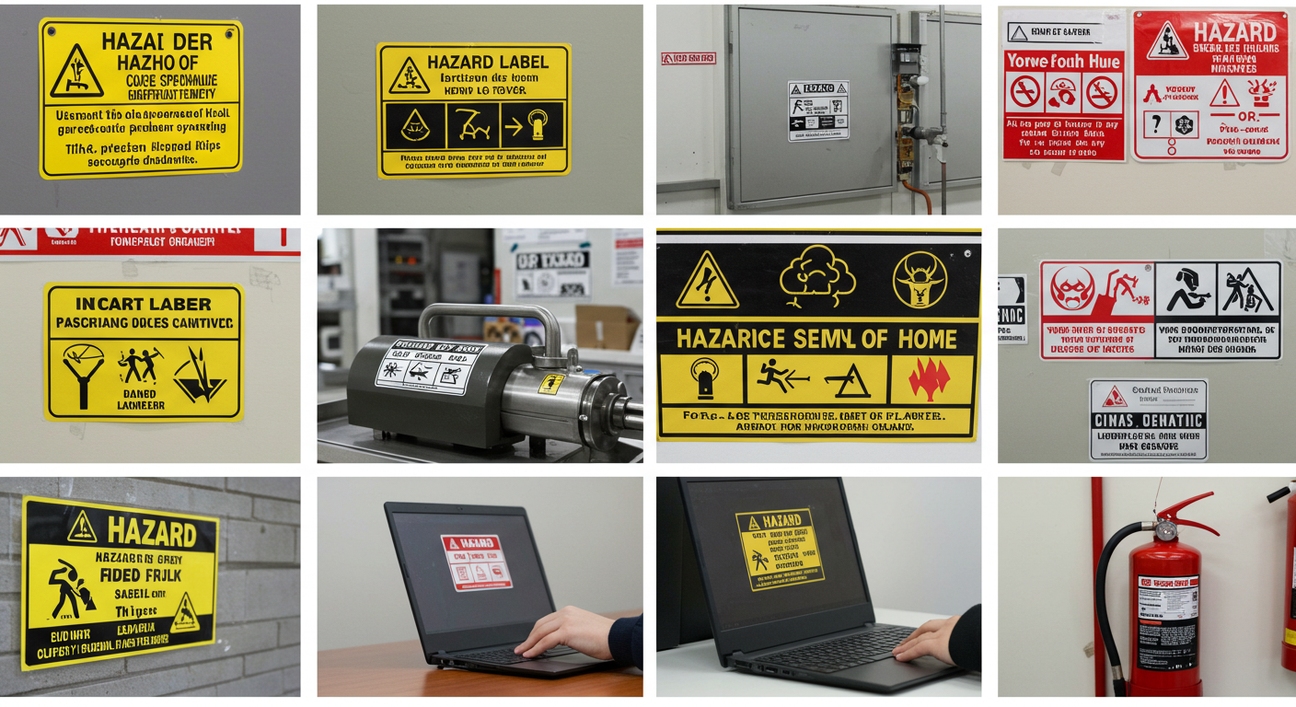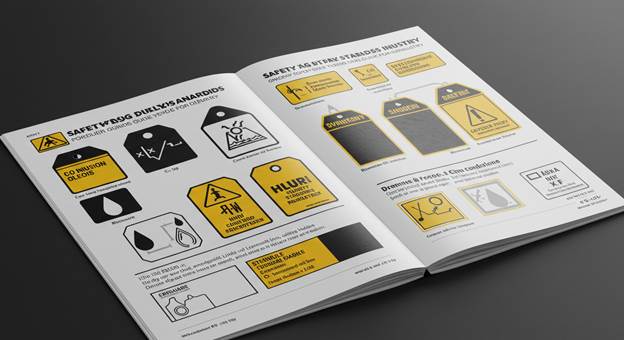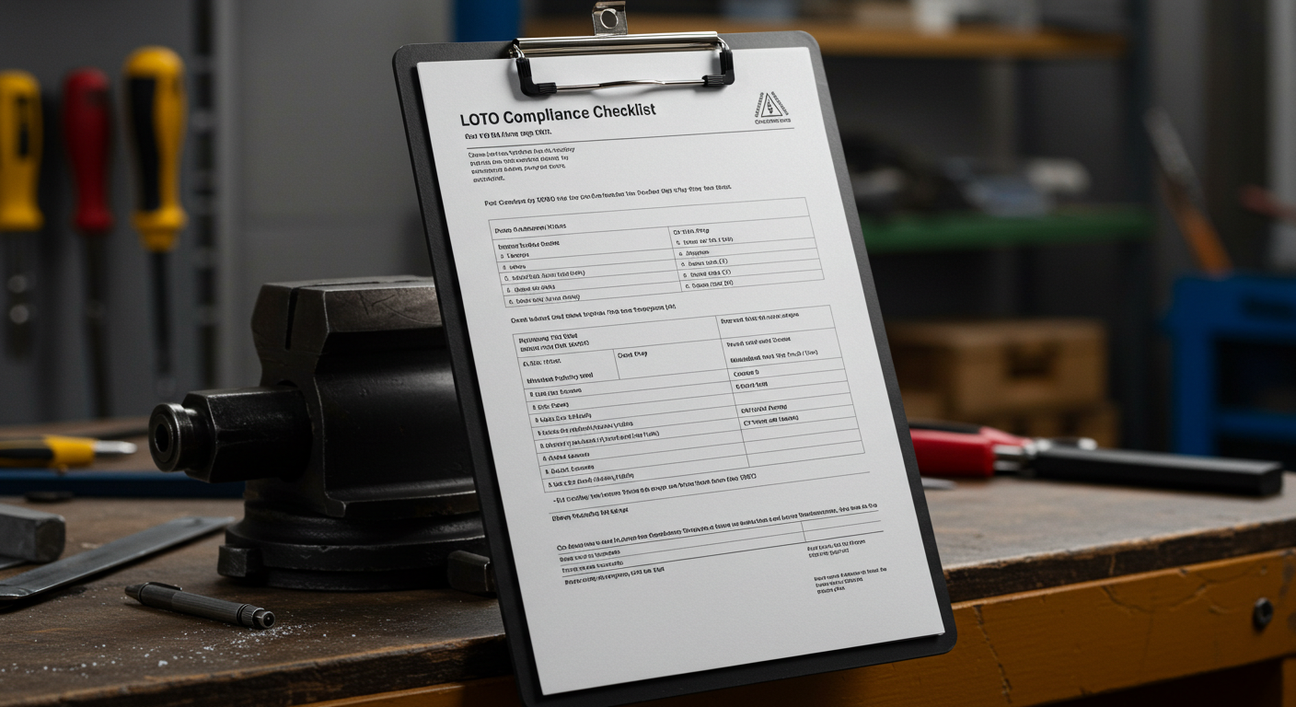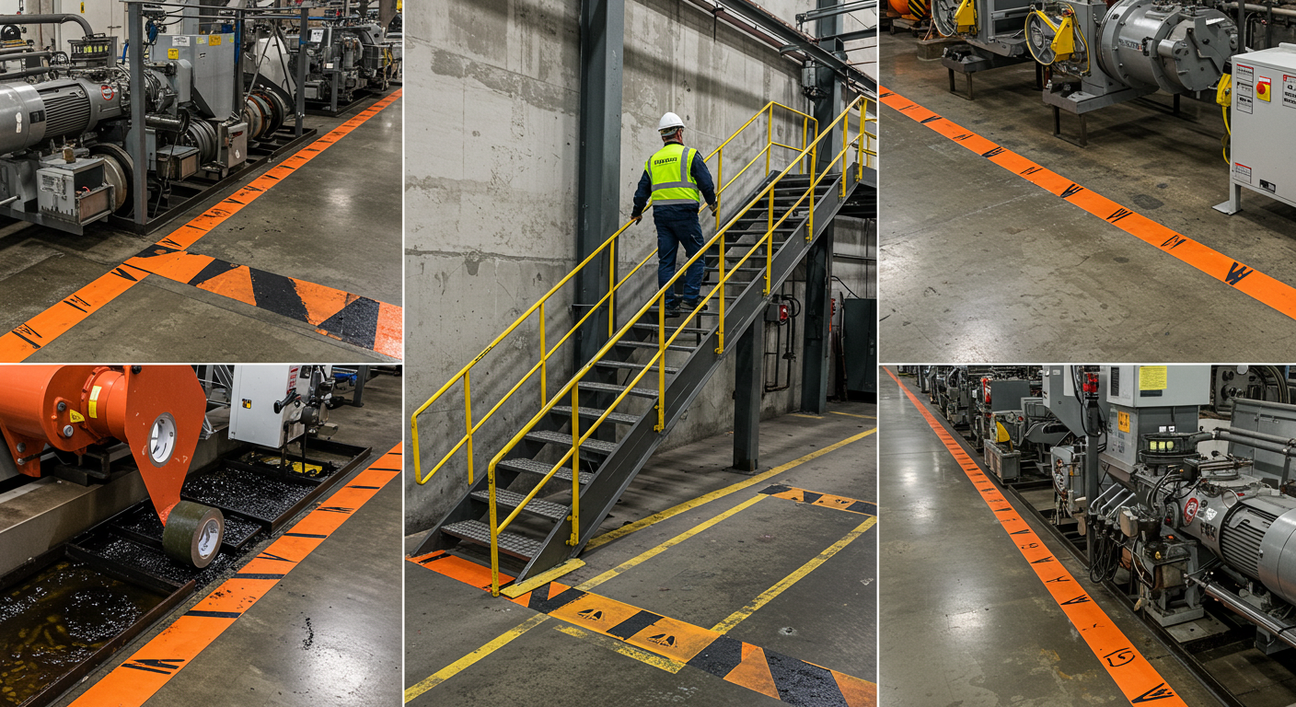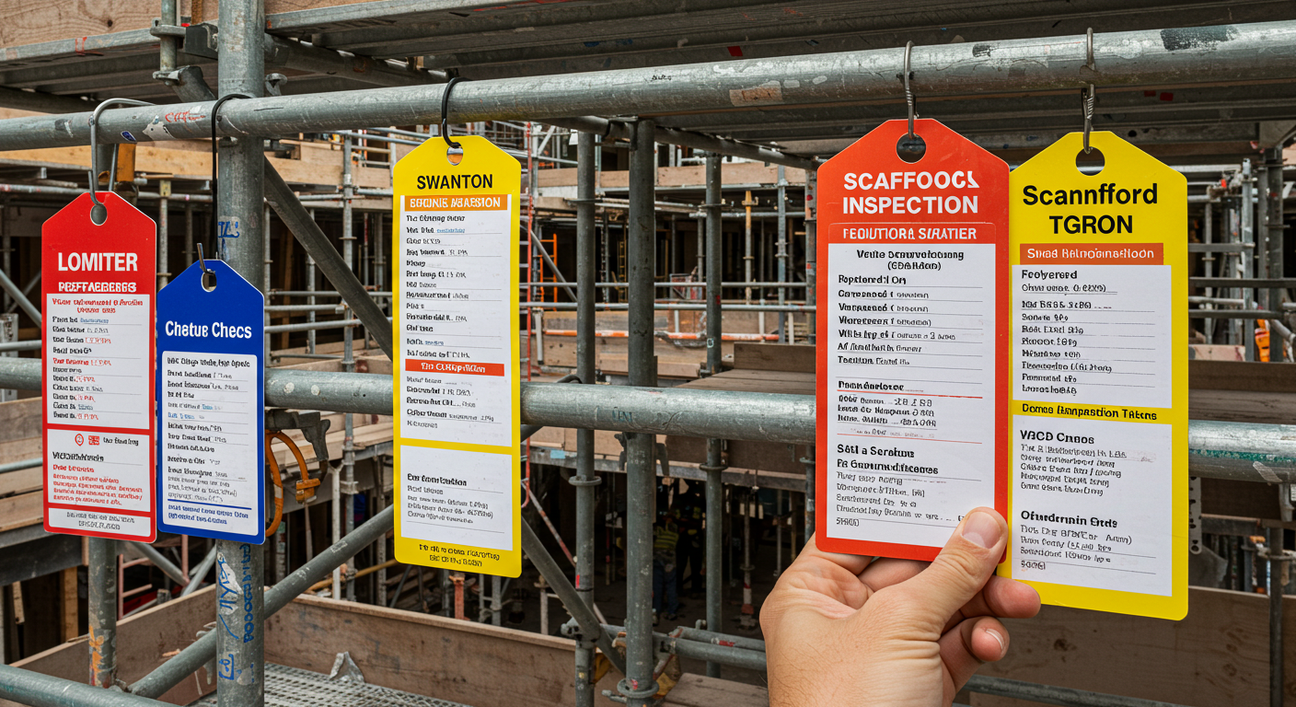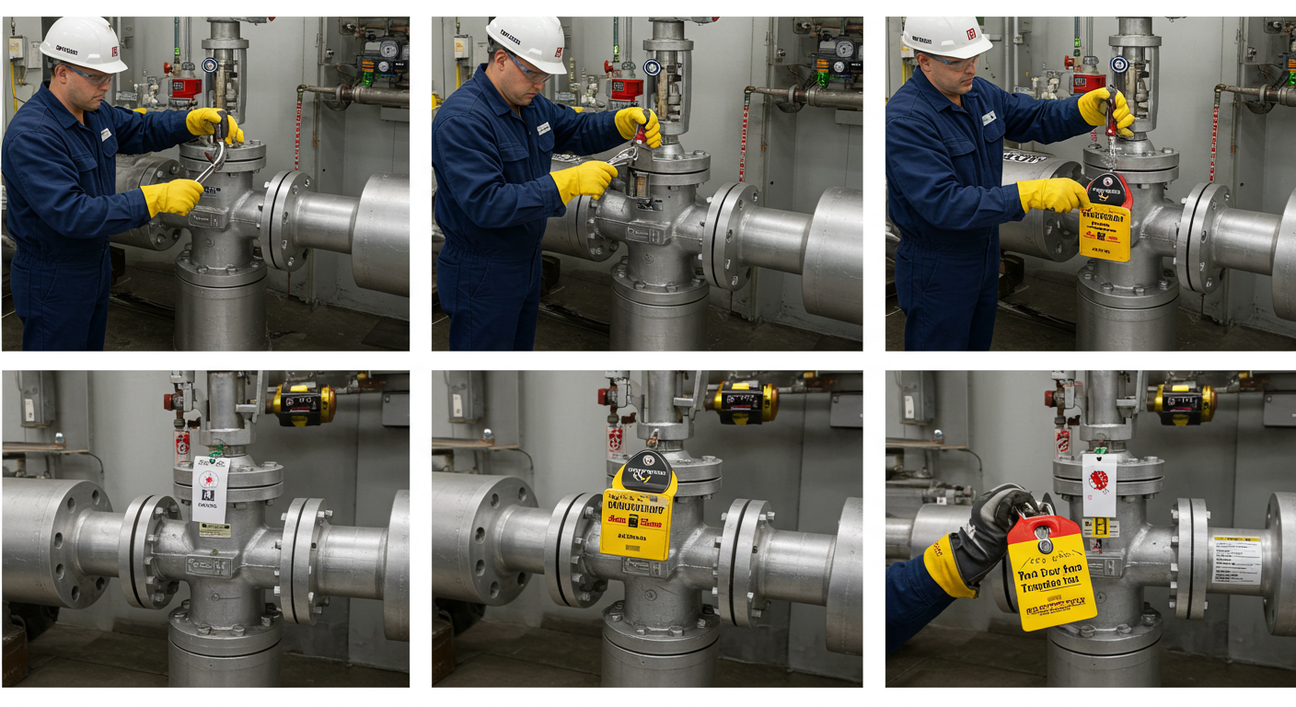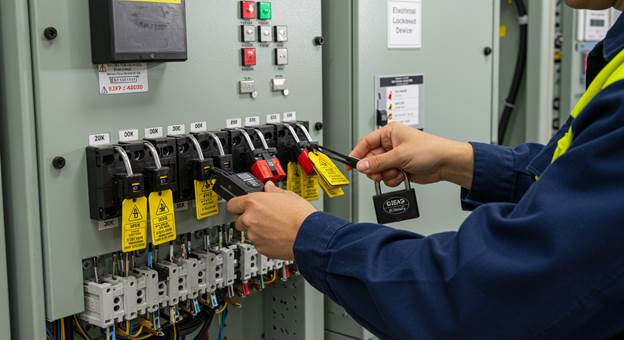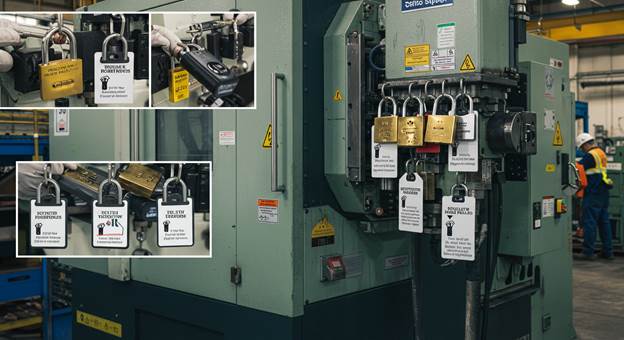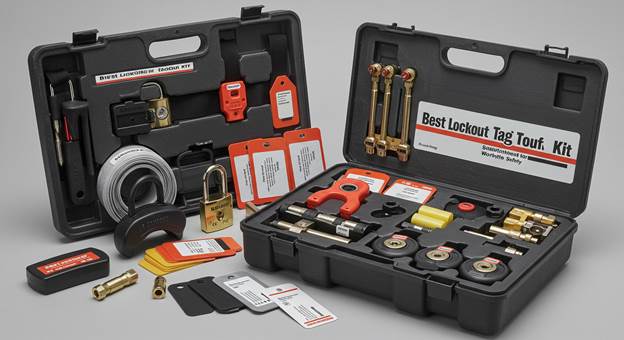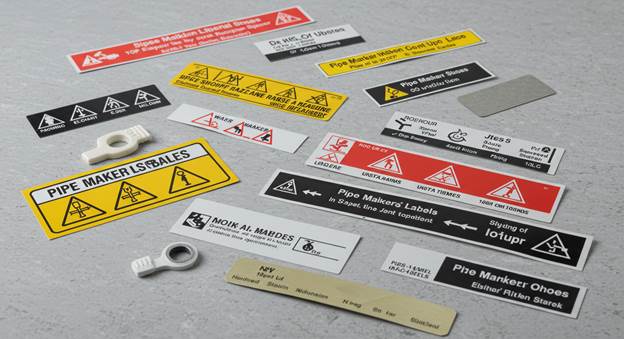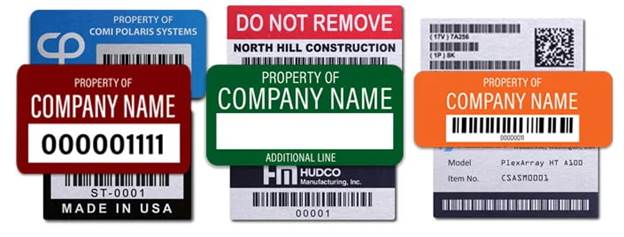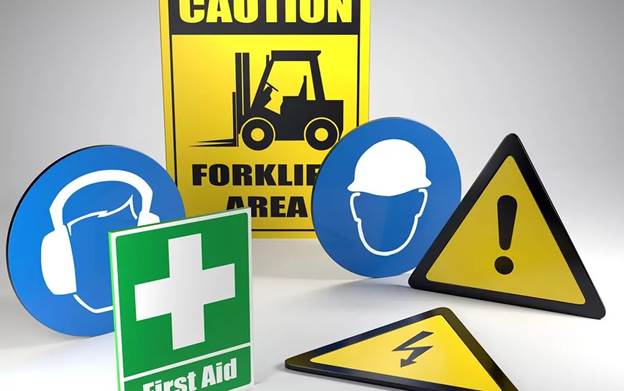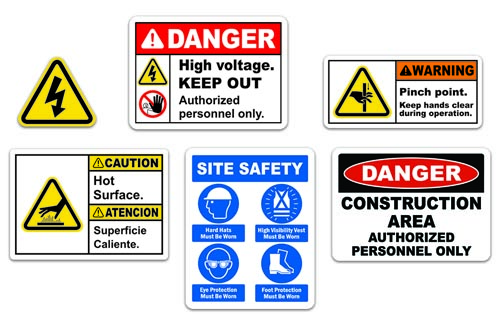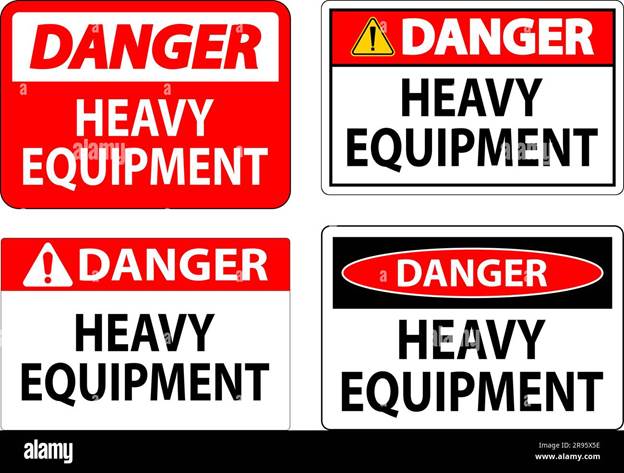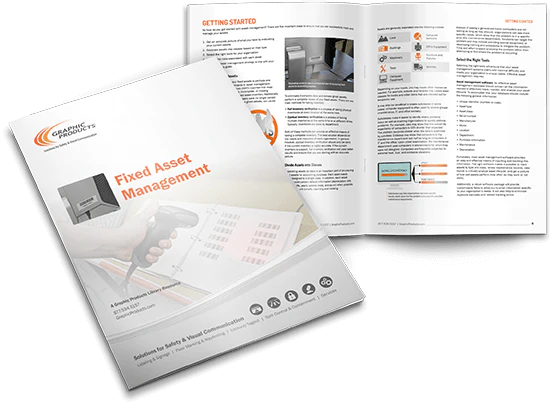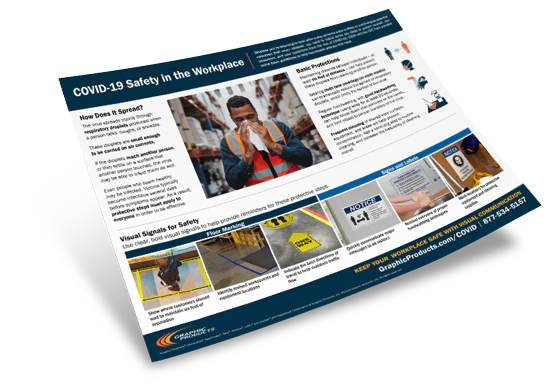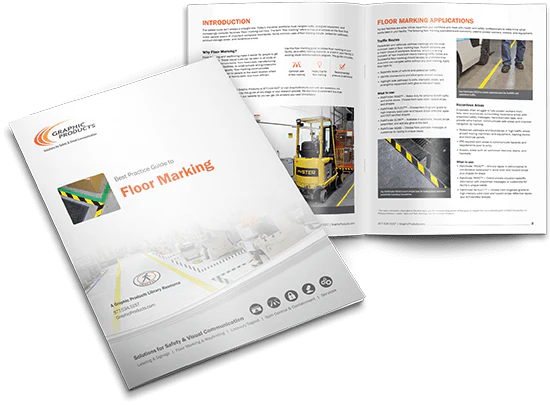Cable Tie Safety Tags Checklist for Quick Inspections
1. Introduction: Why Safety Tags on Cable Ties Matter
Cable systems are entrusted with vital electrical and data connections, yet their tagging is often overlooked. A Cable Tie Safety Tags Checklist helps staff quickly determine if a cable assembly is current, safe, and traceable. Tagging not only boosts efficiency—it reflects real-world safety practices in action.
Archford offers quality cable tie tags, cable tags, and associated solutions that simplify tagging processes across industrial and commercial settings.
2. Understanding Cable Tie Tags: What Are They?
Cable tie tags, also called wire tie tag or safety tag cable, attach to cable bundles or individual wires. They include critical data like install date, owner, circuit ID, and maintenance records. Proper tags help teams maintain tidy wiring, troubleshoot faster, and keep systems compliant and traceable.
3. Key Benefits & Applications of Cable Tags
Here’s why Why use cable tie safety tags? matters:
-
Prevent unauthorized tampering by showing who last worked on the bundle
-
Speed troubleshooting—just scan or view the tag to access info
-
Quick tag check during audits ensures every bundle is identified
-
Reduce downtime when maintenance is required, thanks to upfront documentation
In high-density installations, these tags take complexity out of the system and restore clarity.
4. Cable Tie Tag Usage Checklist: What to Look For
A brief cable tie tag usage checklist helps you quickly assess each bundle:
-
Is the tag securely attached and visible?
-
Does it have accurate install and or test dates?
-
Can you read the cable ID or circuit reference?
-
Is the cable tie strong and un-frayed?
-
Does the tag show an expiration or future inspection date?
Checking these points ensures your tagging system stays functional and trusted.
5. Cable Tags Inspection in Hard-to-Reach Areas
Even hidden cable runs deserve tagging:
-
Use wire tie tag loops for longer visibility
-
Tag the outermost bundle for easy access
-
Use QR-enabled tags for tech-assisted inventory
-
Keep a master log of hidden tags to support maintenance teams
Even behind panels or inside conduits, consistent tagging equals reliable service.
6. Quick Tag Check Routine for Technicians
Performing a quick tag check need not be tedious—use this simple routine:
-
Scan visible tags as you walk past
-
Confirm install/test date is current
-
Look for missing or damaged tags
-
Notify team members of any issues
-
Record any required tag replacements
This process turns spot-checks into reliable compliance steps.
7. When to Replace Cable Tie Tags?
Knowing When to replace cable tie tags? is essential:
-
After maintenance or wire restructuring
-
When tags become faded, torn, or unreadable
-
When expiration date is passed
-
When moving cables to a different circuit or system
Replacing tags promptly keeps your records and systems accurate and safe.
8. Wandering into Quality: Tag and Tie Materials
Material choice impacts longevity:
-
UV-resistant nylon tags for outdoor or sunlight-exposed runs
-
Chemical-resistant tags for industrial or lab settings
-
Writable or printable options for flexible record-keeping
-
Pre-printed permanent ID tags for consistency and professional appearance
Material matters—especially when tags last several years.
9. Color-Coding for Systems Control
Color aids clarity:
-
Use colored cable ties for phase, system, or signal identification
-
Select cable tags with matching color cues for related circuit types
-
Create consistent color systems—same color for maintenance cables, safety circuits, etc.
Archford offers a diverse range of color-coded cable ties and tags for easy system identification.
10. Common Mistakes to Avoid When Using Safety Tags
Mistakes often slip in:
-
Ties too loose—they slip off
-
Tags placed flat and hidden
-
Illegible writing or smudged ink
-
Leaving outdated tags in place
-
Not logging when tags are replaced or removed
Use Archford’s durable tags and fosters freshness with expiration-date reminders.
11. Efficiency Gains When Archford Tags Meet Tagging Practices
Archford offers a plug-and-play approach—true plug-and-tag. Their Cable Ties and tags are designed to coexist—smooth backs, writable surfaces, and activating durability in industrial contexts.
By integrating Archford’s kit, you get better organization, clearer visuals, and faster inspections.
12. Replacing and Co-Managing Tags Smartly
In addition to knowing when to replace:
-
Keep spare tags available at each location
-
Use clear logs—tag ID, reason for replacement, date, and worker initials
-
Maintain a master spreadsheet or software record
-
Conduct a mini-audit after replacements to confirm integrity
These simple practices stop tag decay from interrupting operations.
13. Cost-Benefit: Tagging Pays for Itself
Tagging systems have direct ROI:
-
Faster repair response times
-
Lower maintenance costs due to clarity
-
Reduced risk of short circuits or system failure
-
Better audit performance
-
Safer workplace environments
Even modest investment in tagging kits—like Archford’s—pays dividends over time.
Top Labeling and Tagging Tips for Industrial Safety Compliance
|
Tips / Guide Summary |
|
|
Use ANSI/ASME color codes and arrows for clear pipe content and flow identification. |
|
|
Ensure all chemical containers follow GHS pictograms and signal words consistently. |
|
|
Place labels where they’re visible and durable; include signal words like DANGER/CAUTION. |
|
|
Follow Australian GHS standards using appropriate tags, labels, and SDS references. |
|
|
Choose rugged, weatherproof tags that meet ISO or OSHA requirements. |
|
|
Always update scaffold tags post-inspection; use color-coded tags for clarity. |
|
|
Best for mining, construction, and oil & gas where tags endure rough conditions. |
|
|
Tag cables in electrical panels, machinery, and HVAC systems to reduce misidentification. |
|
|
Use floor and wall signs for forklift lanes, exits, and hazard zones. |
|
|
Place near entrances, intersections, and blind spots to enhance worker alertness. |
14. Final Thoughts
Consistent tagging isn’t just about wiring—it’s about accountability, safety, and remembering that even small details hold big risks. Teams that adopt a cable tie tag routine, guided by a Cable Tie Safety Tags Checklist, enjoy better traceability, fewer mistakes, and trust in critical systems.
With Archford’s dependable Cable Ties and cable tie tags, your inspection routines are smarter—and safer.
15. FAQs
Q1: Can I reuse a cable tie tag when reinstalling cables?
No—always use a fresh tag to ensure clean and legible records.
Q2: How often should I perform quick tag checks?
Ideally weekly for critical circuits, monthly for others.
Q3: Can I use whiteboard markers on tags?
Only use permanent markers, especially in humid or outdoor environments.
Q4: How tight should a cable tie tag be?
Tight enough to stay put, but not so tight that it cuts into cable insulation.
Q5: Where can I find audit-friendly tagging kits?
Check out Archford’s reliable Cable Ties and tags collection here:

